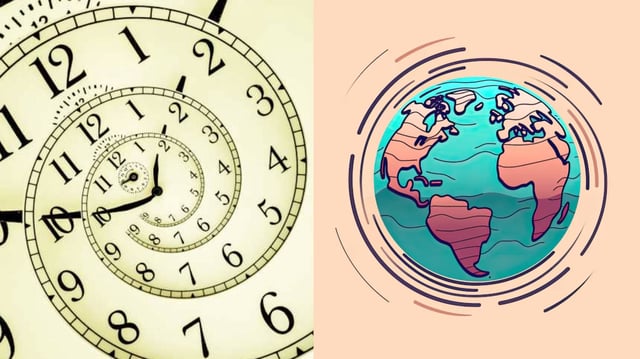Overview
- International Earth Rotation and Reference Systems Service data show July 9 completed 1.30 milliseconds faster than the 86,400 seconds defining a standard day.
- Forecasts based on IERS and United States Naval Observatory models predict further dips on July 22 (–1.38 ms) and August 5 (–1.50 ms), each poised to break new speed records.
- Since 2020, Earth has consistently reversed its millennia-long tidal slowdown, breaking the annual shortest-day record each year.
- Researchers have ruled out atmospheric and oceanic causes and suspect internal geophysical processes are driving the unexplained acceleration.
- UTC has gone without a leap second since 2016, and timekeepers are planning the first negative leap second around 2029 to realign atomic time with Earth’s faster spin.


